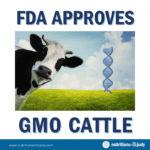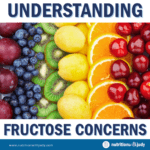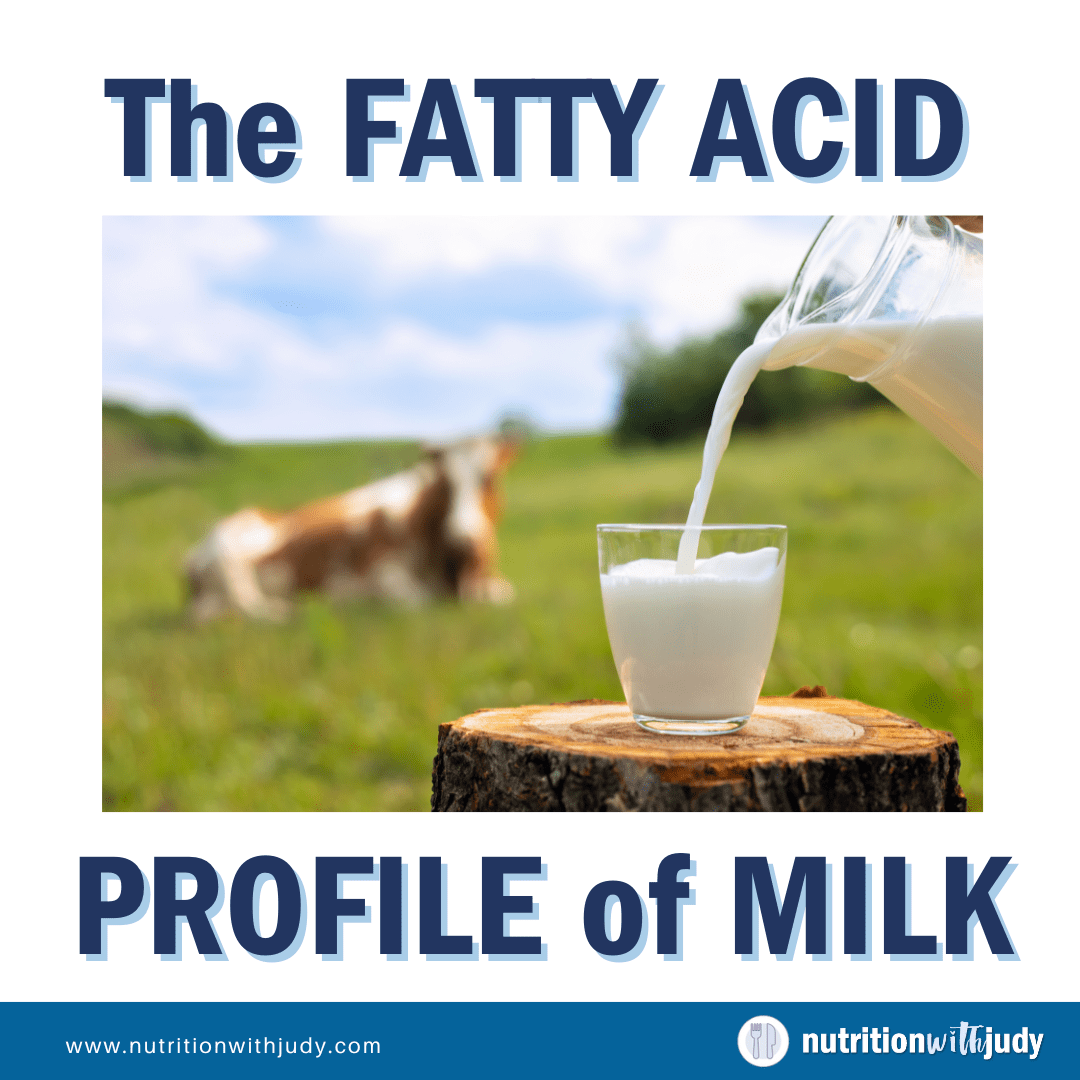

The Fatty Acid Profile of Milk


Original Publish Date: 9/3/22
In my interview with Dr. Boz, she mentioned how goat fat (cheese) can help increase the levels of ketones in the body.
I was intrigued and so I dug a bit deeper into MCTs.
The medium chain triglycerides (MCTs) are:
- C6, Caproic
- C8, Caprylic
- C10, Capric
- C12, Lauric
C6, Caproic can have an unpleasant taste and can cause an upset stomach when added to MCT oils. C8 and C10 are quickly absorbed and converted into ketones and C12 has strong antimicrobial properties but is slower to be absorbed.
In the study, “Fatty Acid Profile of Milk – A Review,” they break down the fatty acids of goats, sheep, and cows. Goat definitely does have more MCTs than sheep or cow. Note that PUFAs are higher in cows, so if you’re still afraid of PUFAs in animals, you probably want to eat goats and stop even eating cows. (This is complete sarcasm, you can read my thoughts on PUFAs in chicken and pork, here.)
Note that these animal milks have butyric (fatty) acids, which supports the healing and overall health of cells in the small and large intestine. Butyric acid is the primary fuel source for the large intestine’s cell lining.
Butryic acid is the fatty acid that’s also created when bacteria in your gut eats dietary fiber. Yes, fiber breaks down into short-chain fatty acids like butyrate to nourish the colon.
Here’s a thought. We are told to eat fiber for the beneficial butyrate or butyric acid. Fiber gives us good gut health because of fiber’s conversion to butryic acid (short-chain fatty acids). If we have poor gut health, how do we break down the fiber into butyric acid? What happens to the fiber with less-than-ideal gut function?
Constipation? Bloat? Maybe.
Maybe we just eat dairy that has butyric acid in the most digestible form. And yes, cows win in butyric acid.
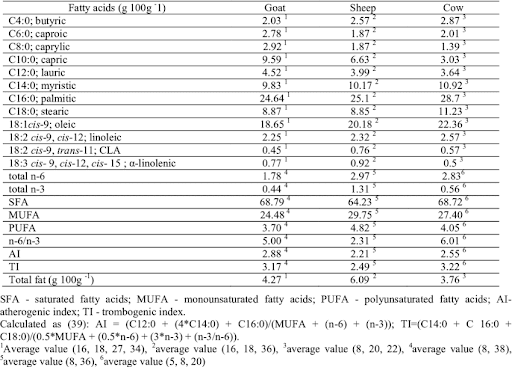

Just a nuanced fact about MCTs. MCT oils from coconuts may be fine to have on occasion. I just don’t think MCTs with mostly C8 or C10 are very natural or sustainable for the environment when coconut oil composition naturally contains:
- C8, Caprylic: 6%
- C10, Capric: 7% (C8+C10 range of 8-15%)
- C12, Lauric: 51% (range of 45-78%)
- C14, Myristic: 19%
- C16, Palmitic: 9%
A lot of the new MCTs only contain C8 and maybe C10. So where does the rest of the coconut go?
C8, caprylic acid is also used for candida and fungal overgrowth. What happens if you use so much C8 when you don’t have candida?
Stick with natural, whole foods. Nature never steers you wrong.
You can read more about coconut oil, here.
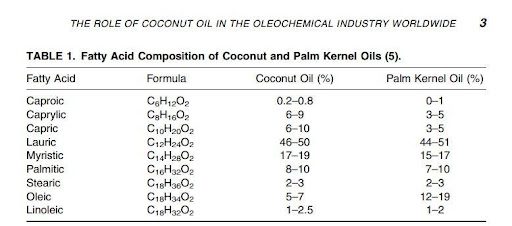

In health,
Judy


